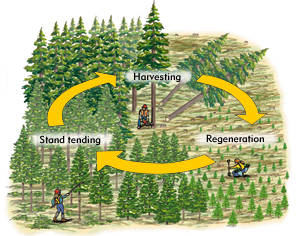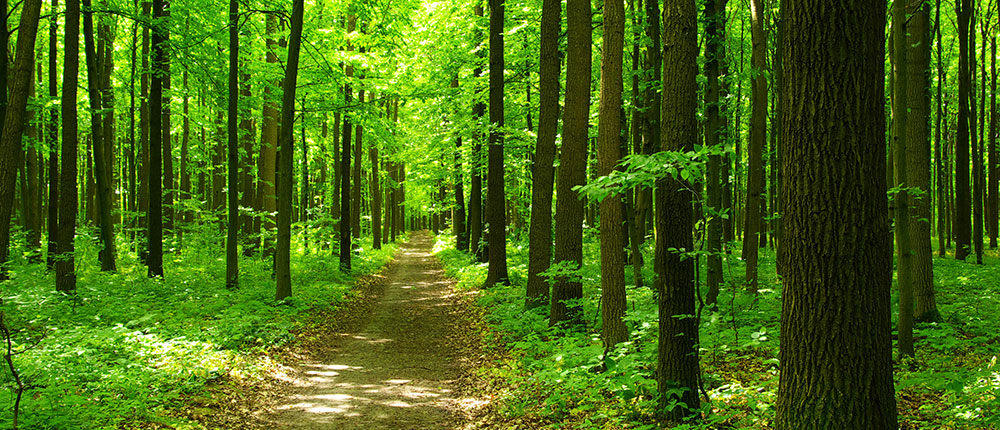- Teacher: ABDUL BASITH K K P SIRSYED
Course outcomes
1. Understand the management of tree species along with agriculture crops
2. Design suitable agroforestry practices based on demand and site conditions
3. Understand the practice of forestry with the involvement of local people for their own betterment
4. Understand tribes in India and Kerala and their lifestyle
Module I: AGROFORESTRY (12Hrs)
Indian agriculture - its structure and constraints, land use planning. Agroforestry: definition and objective. Different agroforestry systems and its classification - structural, functional, socioeconomic and ecological classification. Silvoagriculture systems – shifting cultivation, Taungya, growing agricultural crops in combination with commercial trees, plantation agriculture and plantation forestry.Agrosilviculture systems – trees in agricultural fields, alley cropping, trees on farm boundaries, commercial crops under shade of planted trees as well as natural forest.Pastoral silvicultural systems – grassland and tree management in the humid, arid and semi arid regions.Silvopastoral system – protein bank.Agrosilvopastoral system – home garden, shelter belts, windbreaks. Multipurpose tree gardens.
Module II: MANAGEMENT OF AGROFORESTRY SYSTEMS (12Hrs)
Tree crop interaction – Positive interactions- complementarity - compatibility - mutualism, commensalism - Negative interactions – allelopathy and competition.Interaction management - Aboveground and belowground interactions- Manipulation of density, space, crown and roots. Tree Management – structure and growth of trees, crown and root architecture, agroforestry practices to minimize negative interaction – coppicing, thinning, pollarding and pruning – crop planning and management –selection of suitable crops –management of nutrients, water and weeds – Multipurpose trees species, desirable characters of trees in agroforestry. Management of trees in agroforestry- Tree architecture, canopy management - lopping, prunning, pollarding and hedging.Advantages and disadvantages of agroforestry systems.National Agroforestry Policy 2014— National and International organizations in Agroforestry.
Module III: SOCIAL FORESTRY (10Hrs)
Social forestry - Definition, concept, and objectives.Social forestry in the National Forest Policies of India.Species for social forestry.Classification of social forestry – farm forestry, extension forestry and village forestry.Role of social forestry to meet the demands for small timber, firewood, fodder and fibre of rural and urban people. Organizations involved in social forestry programme – case studies from Kerala.
Module IV: Forestry Extension (8Hrs)
Forestry Extension Education – concept, scope and principles. People's participation in forestry extension programmes – community forestry and participatory forestry. Participatory Rural Appraisal – techniques. Joint forest management – concept, benefits and impact. Village Forest Council – formation and functions.
Module V: HUMAN DIMENSIONS IN FORESTRY (12Hrs)
Ethnobiology - definition, Ethno botany and Ethno zoology.Primitive tribes in India and Kerala.Tribal economy - features, occupational characteristics, interdependence with forests, role of NWFP in the life of tribes.Tribes and Forest policies - Rights and concessions. Problems faced by tribes of India - exploitation and land alienation. Legal provisions to safeguard tribal interests – Forest Right Act 2006.Ecodevelopment through tribal development - Case study of Periyar Tiger Reserve.

- Teacher: Haritha m SSC

- Teacher: Sachinkrishna M V Sir Syed College

- Teacher: Sachinkrishna M V Sir Syed College
- Teacher: Malik Fasil M SIRSYED
